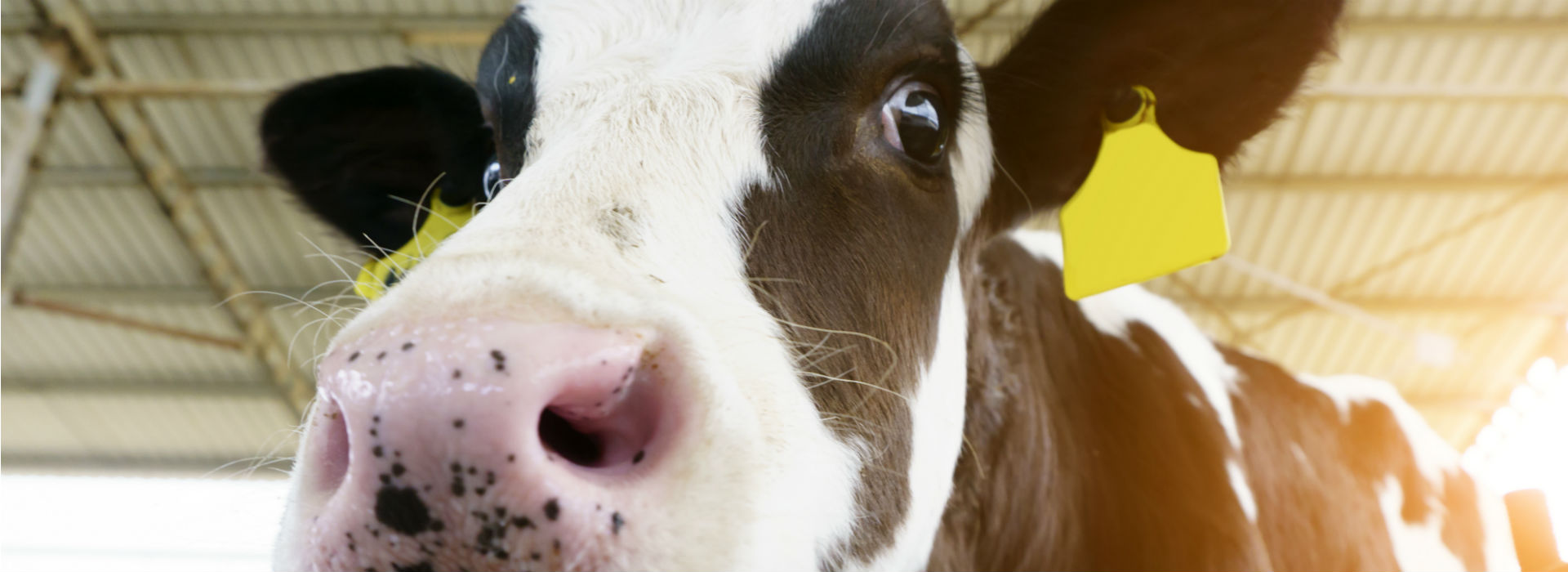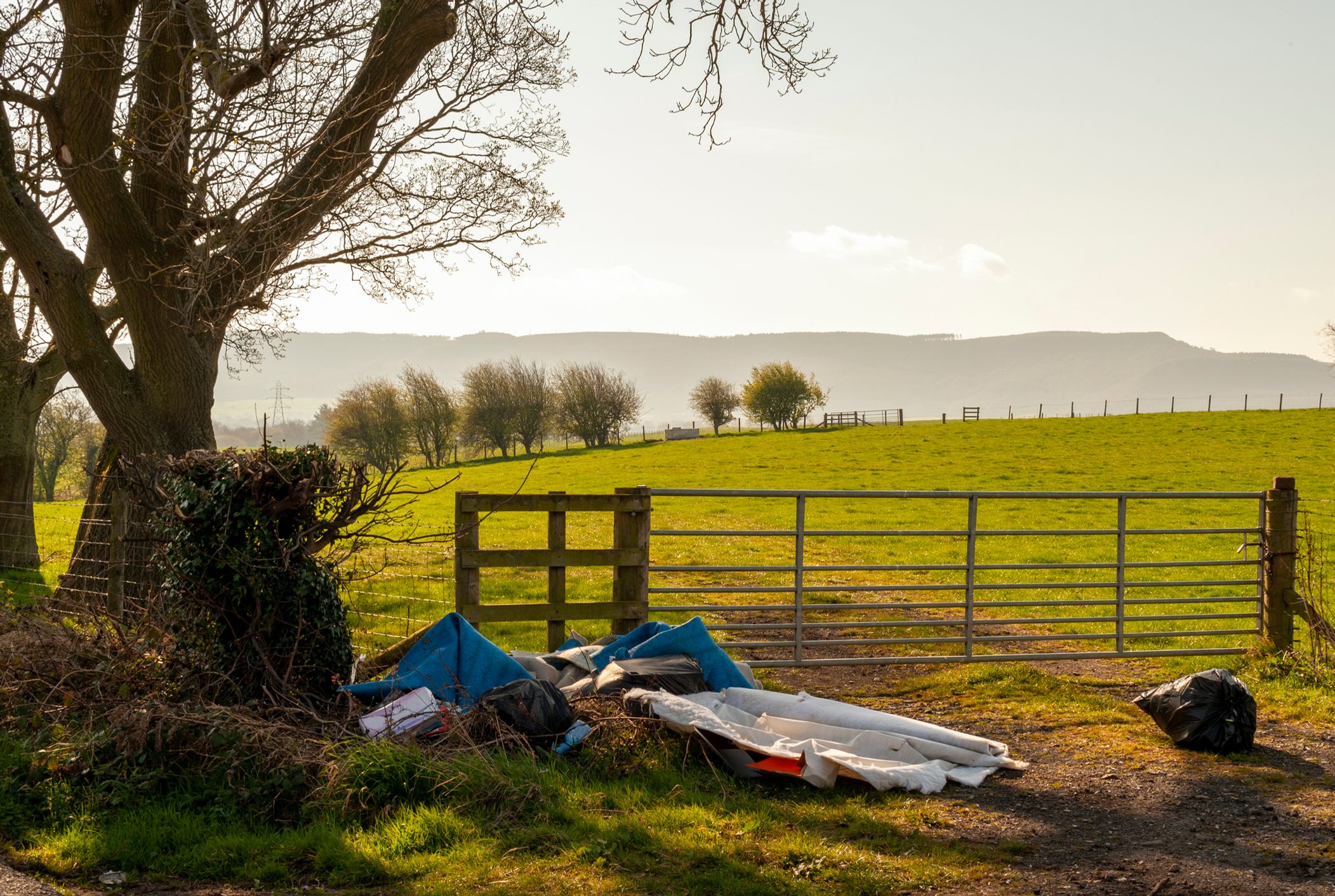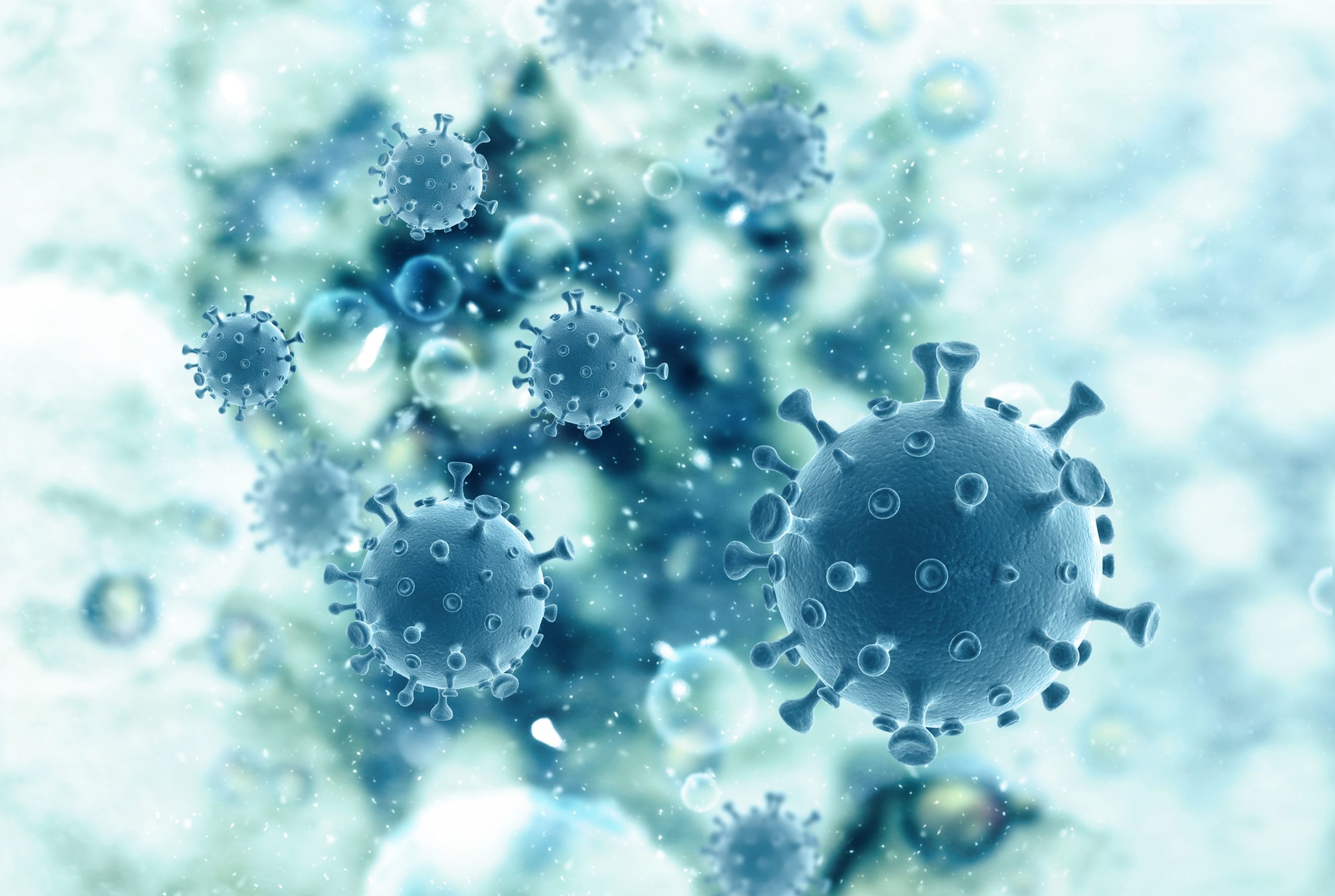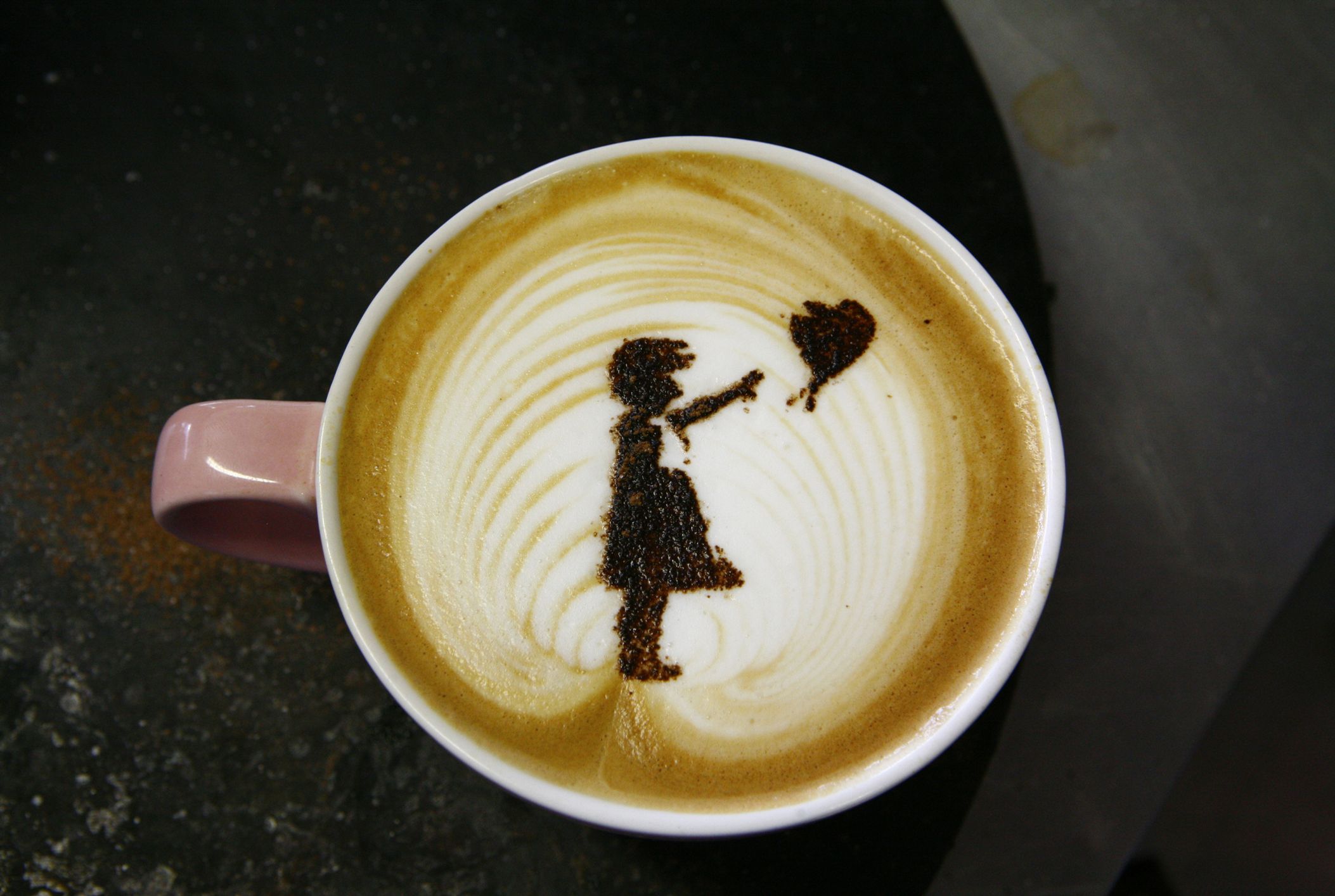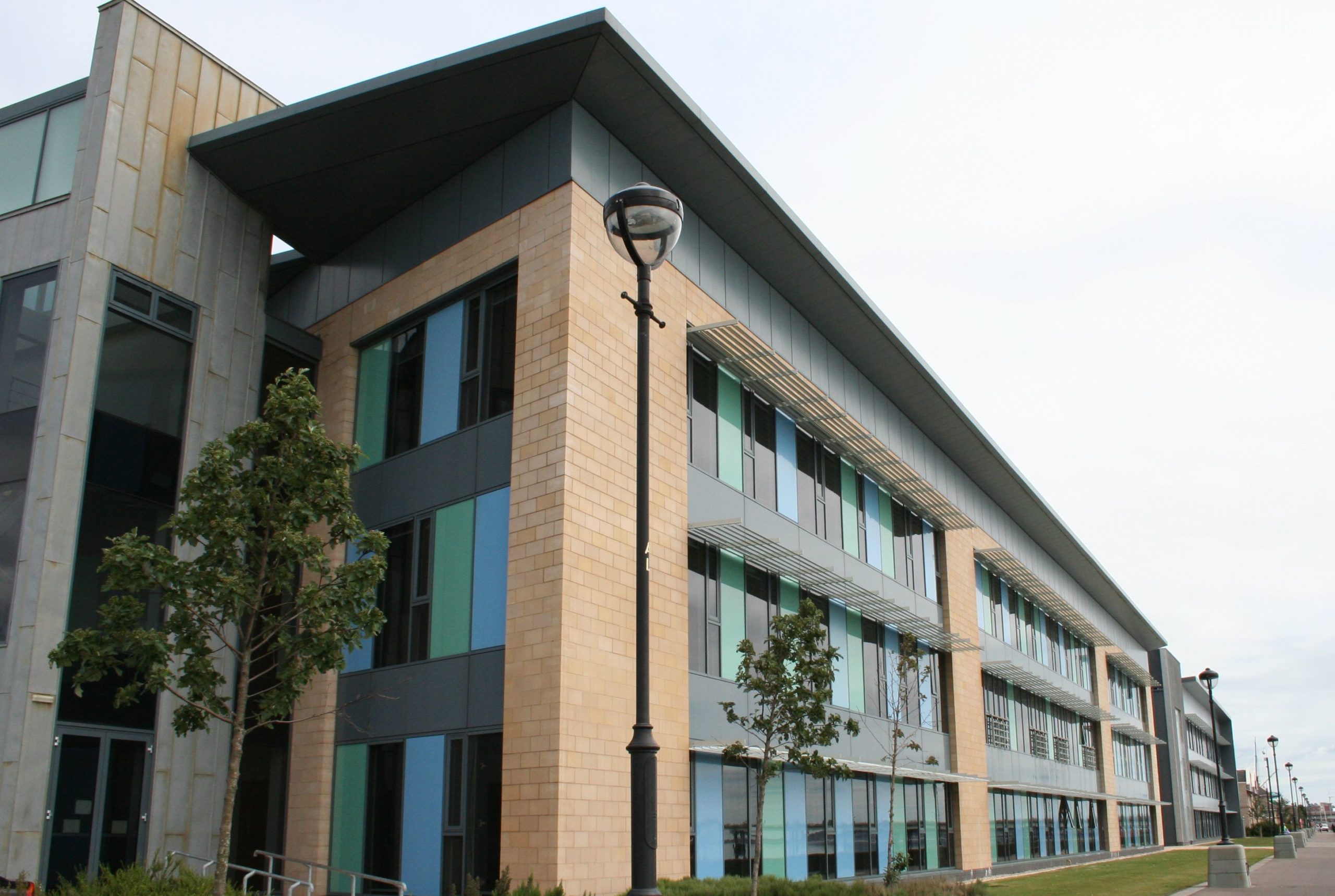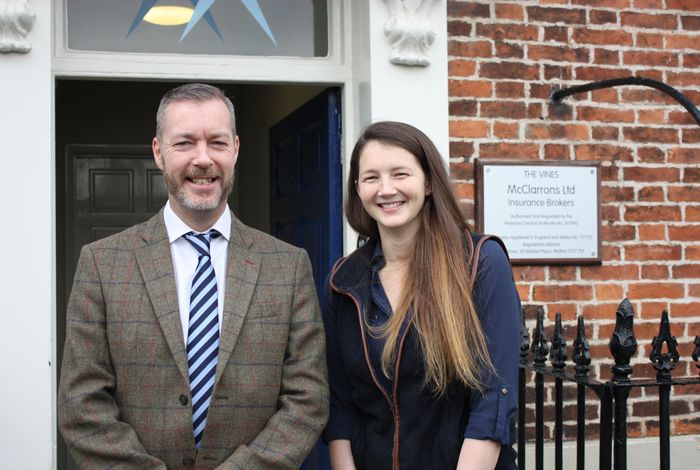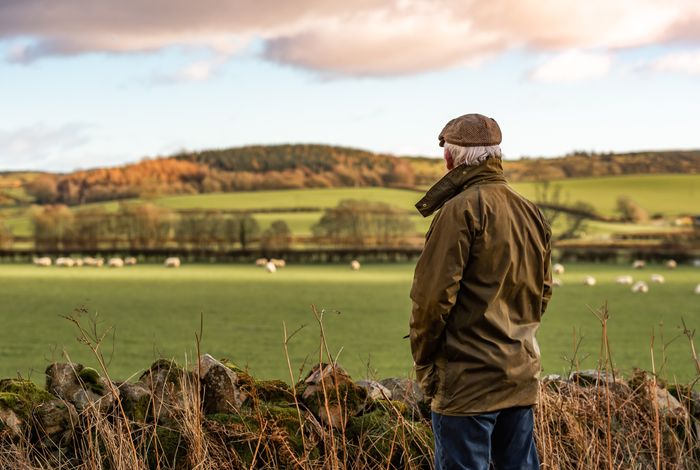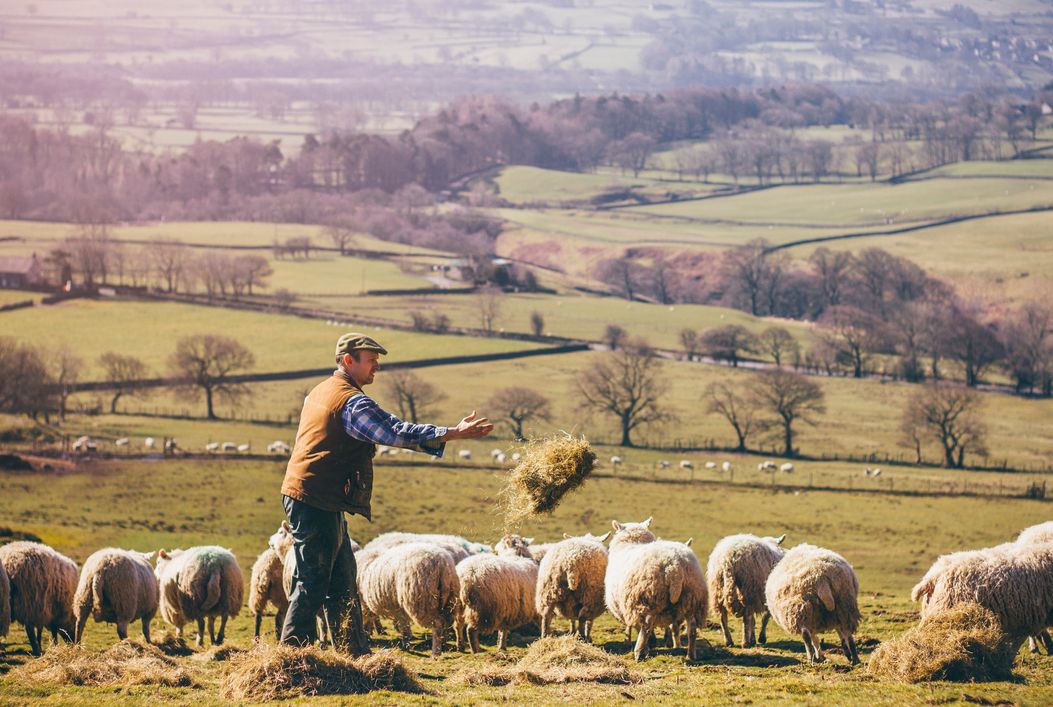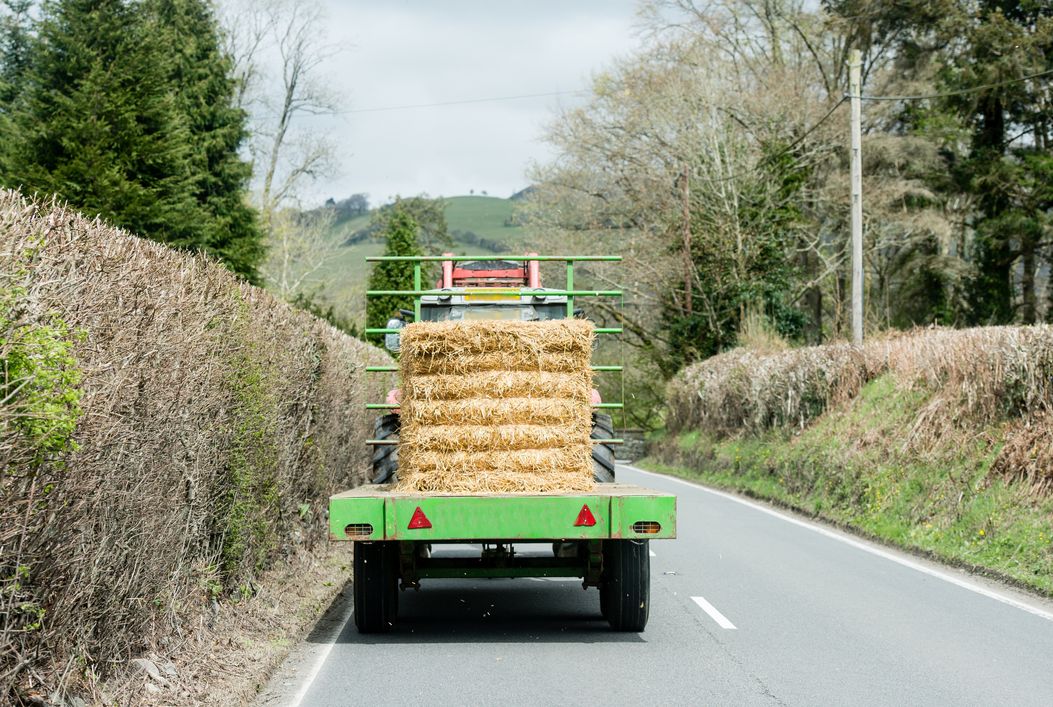The UK is the third-largest milk producer in the EU and McClarrons are paying homage to the British dairy cow. On this World Milk Day McClarrons are looking at a day in the life of a dairy cow.
McClarrons’ commitment to the rural community continues as we celebrate the 17th World Milk Day on 1st June. This year we’re putting the star of the show at the centre of our story, as we look at a day in the life of a dairy cow.
5am – Rise and shine
It’s time to milk the cows. This means getting them from their barns where they’re housed on a night and into the milking parlour. Cows enjoy routines so sticking to a schedule (however early) works great for them.
7am – Time for breakfast
A cow’s diet is grass and plant based. Better quality grass, and diet as a whole, produces better quality milk. During the summer you will see cows grazing in the fields. In the winter they are kept indoors.
9am – And relax
On average a dairy cow will spend eight hours a day sleeping and resting, eight hours eating and another eight hours chewing the cud. As social animals cows spend time together in herds. In 2014 the average herd size in the UK was 133.
12pm – Time for lunch
When the cows are in the fields they’re helping the land. As they eat the grass they also fertilise the field. To make sure the field stays healthy, the cows are moved to different paddocks. In the winter they’re fed on silage which is preserved grass, and are also given cereal that is rich with proteins, vitamins and minerals.
2pm – Caring for cows
The farmer will check on the cows regularly to make sure they’re healthy and happy. Any cows that need to be treated are moved away from the herd. While cows on antibiotics are still milked, as full udders can be painful, their milk is thrown away as it isn’t suitable to consume.
4pm – Milk time
At the parlour the cow’s udders are cleaned and connected to a milking machine. The average dairy cow can produce 7500 litres of milk each year. When the cow is finished the machine will automatically detach. The cow is cleaned again to stop any infections, and the milk is funnelled and stored in a cool tank ready for collection.
6pm – Off to bed, sleepy heads
The cows can return to their pastures or barns depending on where they’re kept. 15-20% of all UK dairy cows are now housed indoors all year round. During the night they’ll be moved inside for safety and security, ready for their early wake up call.
This is where we leave our cows and follow their milk through to the dairy. Raw milk is collected from the farm where it’s stored in a bulk milk tanker at 4°C. The farmer will clean the tank after it’s been emptied, and the milk is transferred to another tanker ready to be transported to the dairy. Before it leaves the farm the temperature is checked and other tests are performed to make sure it’s fit to enter the food chain.
At the dairy, raw milk is passed through various processes. Pasteurising is the process of heating and cooling the milk to stop bacteria forming, while separation and standardisation is how varieties of milk are produced, depending on their fat contents. Raw milk contains 4% fat which is found in the cream. By reducing the cream you create whole milk that is set to 3.5%, semi-skimmed at 1.7% and skimmed milk at 0.1%.
The excess cream is then turned into fresh, clotted or sour cream. In the UK, 6072 million litres of milk goes into producing dairy products such as cheese, butter and yogurts. Another 6914 million litres of milk are sold for drinking.
This colossal amount of dairy would not be possible without the dairy cow and the processes designed to keep them well-fed, healthy and happy.
Today on World Milk Day, we’d like to say thank you and raise our milk bottles to our bovine friends for their tasty and diverse product!




